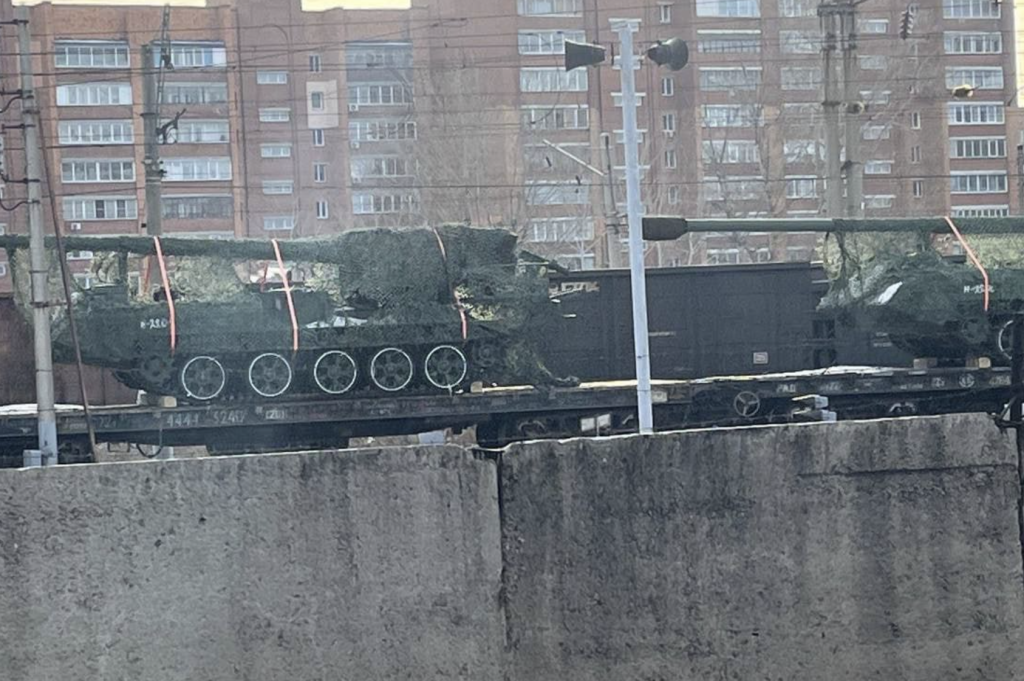The images place the artillery in Krasnoyarsk, halfway between North Korea and the Ukrainian frontlines.
Others are reading now
After supplying troops, North Korea is now sending weapons to aid Vladimir Putin’s war effort in Ukraine.
Halfway There
Photographs of M1989 Koksan self-propelled artillery being transported by train have surfaced on Russian Telegram channels and were later analyzed and geolocated by Western OSINT experts.
The images place the artillery in Krasnoyarsk, central Russia, halfway between North Korea and the Ukrainian frontlines, according to Ziare.
The M1989 Koksan, named after the city where it was first identified, is one of the most enigmatic weapons in North Korea’s arsenal.
Also read
This 170 mm artillery gun has a range of up to 40 kilometers (25 miles) or 60 kilometers (37 miles) when using rocket-assisted shells.
Despite its long-range capabilities, the Koksan is plagued by significant drawbacks, including slow firing rates — just 1-2 shells every five minutes — and minimal crew protection.
A Weapon Known to the West
The artillery lacks a turret or armored superstructure, leaving the crew exposed during operation. Only the driver is somewhat protected in a small enclosed cabin at the front.
This vulnerability makes the Koksan susceptible to counterattacks and incoming fire.
The introduction of the Koksan to the battlefield presents logistical challenges for the Russian military. Its 170 mm caliber is extremely rare outside North Korea, while Russian artillery typically uses 152 mm and 122 mm shells.
This means North Korea must supply its own ammunition, requiring separate storage and management to avoid confusion with Russian stockpiles.
Despite North Korea’s secrecy, the Koksan is better known in the West than many other North Korean weapons. During the Iran-Iraq War (1979–1989), Iran purchased several Koksan units from North Korea.
Some were later captured by Iraq and eventually fell into U.S. hands during the 2003 invasion of Iraq, allowing Western analysts to study them closely.


